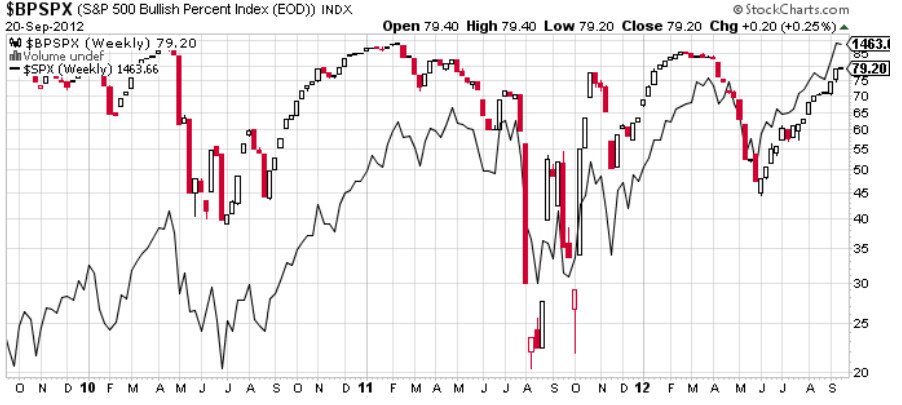by Michael Tarsala
Mutual funds, in my mind, have an inherent problem: They force managers to stay fully invested, even when those managers would prefer not to do so.
It’s as if they do not account for the fact that the market goes down, as well as up.
Frank Zorrilla, founder and chief investment officer of Zor Capital LLC, puts it this way:
Do investors realize that most mutual funds have to be to the tune of 95% invested at all times? So, if your genius fund manager does not like the market and thinks we are going down there is not much he can do about it – he has to put that money to work no matter what. Think about that the next time the market is going thru a correction. And maybe that is the reason why when you put up a chart of most funds versus the S&P 500 they are pretty much identical.
Check out this chart, which makes the point very clearly:
Source: Zortrades.com
Here you see the performance of the S&P 500, along with three large and representative funds: the Fidelity Contrafund (FCNTX) in red, the CGM Focus Fund (CGMFX) in green, and the Fairholme Fund (FAIRX) in brown. You’ll notice two things:
- Whether they beat the S&P 500 or not, the mutual funds tend to move up and down along with the market.
- When markets roll over, both the high and low-performing take a hit.
You have to wonder if these managers could do a lot better if they were free to sit out the markets in times of uncertainty, move money to the most conservative investment within their universe, and/or short the markets when there is an opportunity to do so.
There are some funds with more flexibility in this regard, and ones that tend to go up when markets are down. Still, the vast majority of mutual funds are long the markets all of the time.
How we are different
At Covestor, we treat cash as an asset class. Our managers are under no pressure from us to stay fully invested in stocks — provided that a move to cash is consistent with their style and prospectus.
Also, most of our models are fairly small and flexible, so managers can quickly unwind positions that are going against them.
Manager Mike Arold, for example, runs the Technical Swing model. He has been selectively shorting stocks, and also has a handful of long plays, including homebuilder Toll Brothers (TOL).
Yet Arold was very cautious in April and most of May. During that time, he moved as much as 80% of his portfolio to cash, among the highest of our active managers, until he felt more comfortable putting more money to work in stocks. And last week, he put significantly more money to work in stocks including Apple (AAPL) and TOL.
Moving more assets to cash in times of uncertainty is one of the contributors to Arold’s overall performance, and it’s helped him from taking a big hit in recent months.
Another manager, Gerry Sparrow, runs the Hard and Soft Commodities model. In uptrends, he has been exposed to a variety of commodity investments. Yet right now, with commodities tanking, he is under no obligation from us to stay diversified throughout the sector.
Right now, 97% of his portfolio is in the GLD, which tracks the performance of gold. He has the largest GLD concentration of all managers on the platform. Sparrow’s fund is down about 10% in the past year, but that compares with a 50% drop over the same time frame for the Dow Jones UBS Commodity Index.
Not every one of our managers takes advantage of this type of flexibility. There are many on the platform who do stay fully invested all the time, and there are clients who prefer that they do just that. Not every manager is a market timer!
But there are managers on the platform who use their discretion to take defensive positions when they see trouble coming.
If you’ve ever wished your mutual fund manager could do that as well, talk to us about our models that might better match your investment goals. Or just sign up for a free trial account.



